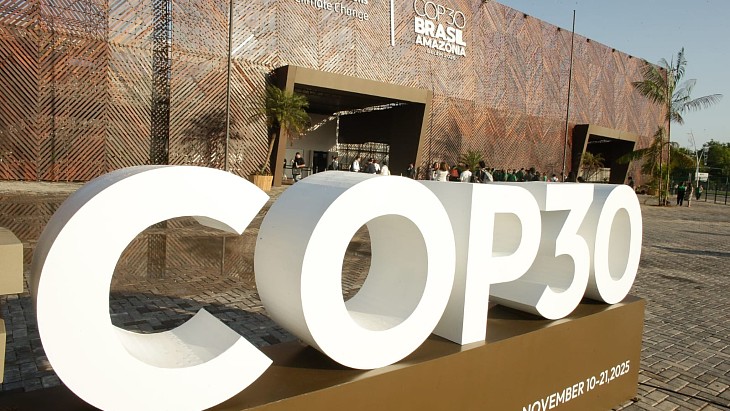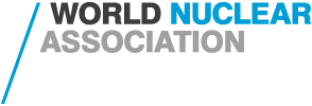A fusion reactor in Japan has been remotely controlled from Germany as part of preparation work for the multinational Iter project. Japan Atomic Energy Authority succeeded in controlling its JT-60 tokamak fusion reactor at the Naka Fusion Institute from the Max Planck Institute for Plasma Physics in Munich.
Japan Atomic Energy Authority succeeded in controlling its JT-60 tokamak fusion reactor at the Naka Fusion Institute from the Max Planck Institute for Plasma Physics in Munich.
Succeeding over a distance of 10,000 km, the remote control experiment established a 'firm footing' for the core technology required for seven nations to cooperate on the Iter fusion reactor, according to an Atoms in Japan report.
China, the European Union, India, Japan, Russia, South Korea, and the USA are cooperating to build Iter, a 500 MWt tokamak, at Cadarache in the south of France. Japan has a special secondary role in the project in that it will host the IFMIF materials test facility and a Remote Experimentation Center at Rokkasho. The eight-hour time difference between Cadarache and Rokkasho means experimentation work will be possible around the clock once Iter begins operation in 2015.
The remote control was made possible by advanced secure computer networks. JAEA developed the network systems based on advanced grid-computing software developed by the Center for Computational Science and e-Systems. Systems such as these will be essential to enable collaboration between main Iter research centres in Europe, Asia and the USA.




_18938.jpg)
_33584.jpg)
_82983.jpg)
_49382.jpg)





